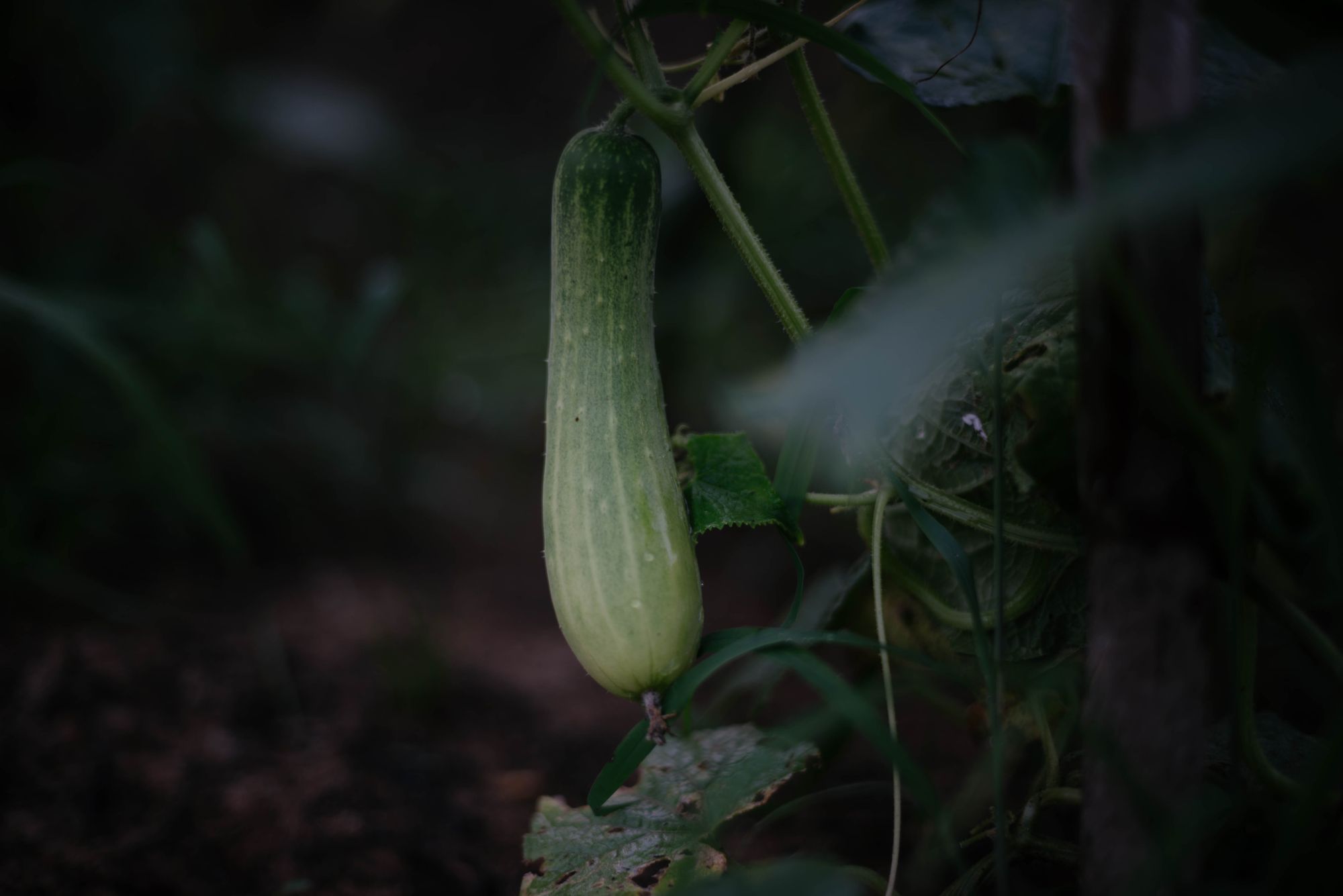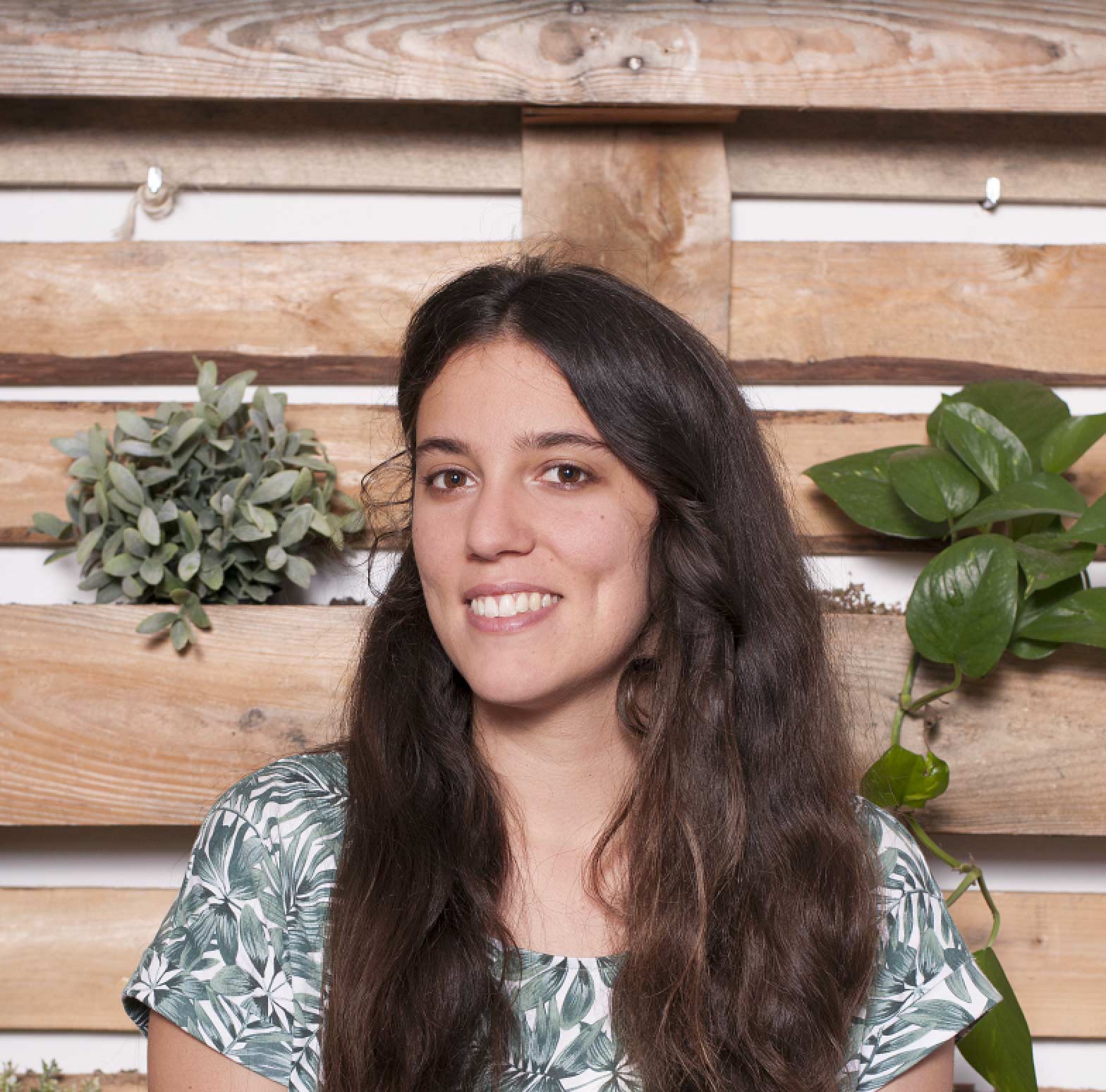Our food system is broken.
Industrial agriculture is now the number one driver of deforestation. It’s eroding our soils, pushing wildlife, insects and plants into extinction, and it’s responsible for about 30% of the world’s total emissions of greenhouse gases.
In fact, about 50-70% of carbon historically sequestered in the world’s soils has already been released as a result of industrial agriculture.
That’s because current farming practices are optimized to produce as much of any single crop as possible. To make space for it and keep up with production, farm soil is constantly tilled and over-fertilized, stripping it off any green cover. This leaves the soil unprotected in the face of rain, wind and heat.
Here’s why regenerative agriculture could change everything.
When done properly, farming should continually improve and regenerate the health of the soil by restoring its carbon content, which, in turn, improves plant health, water security, nutrition and overall yield. That is precisely the purpose of regenerative agriculture.
What is Regenerative Agriculture?
Because each soil landscape is a unique ecosystem with its own particularities, there are no one-size-fits-all solutions in regenerative agriculture. Instead, there are general principles and practices, all of which aim to disturb the soil as little as possible and keep it covered at all times.
Generally speaking, three main principles guide regenerative practices:
- Don’t till or over-plough the soil;
- always have a diverse set of plants on your farm, instead of rows of monocultures,
- and keep your soil covered all year round with plants, crops and trees.
While more and more farmers around the world would like to switch to regenerative agriculture to protect their soil and their livelihoods, they cannot do so alone in an industrial food system that is financially and politically sustained across virtually all continents.
Smallholder farmers in the global South, especially, are the biggest losers of our current, degenerative agricultural system. Making regenerative agriculture a reality is a question of climate justice.



How Ecosia supports regenerative agriculture
That’s why at Ecosia our tree-planting projects are heavily focused on supporting regenerative practices. Combined with reforestation, regenerative agriculture could even re-capture most of the CO2 emissions out of the air again.
This year, we have also launched a second edition of a competition fund for farmers in Europe. The goal is to support people who want to switch to regenerative farming or start a new project from scratch. This way, we hope to inspire and support the switch to regenerative farming practices in Europe.
Find all the details about how to apply here and share it with anyone who might be interested.
But truth be told, this won’t be enough. Making a lasting, systemic shift in our food system needs all of us.
Where you buy your food, how much waste you produce or how you use your vote to influence policy — all of it plays an important role in whether or not we can change the system.
Watch the video to learn more about why regenerative agriculture could curb climate change and how you can help get the ball rolling.
Thank you to Benedikt Bösel (Gut&Bösel), Christina Chemnitz (Heinrich-Böll-Stiftung e.V.) and Paul Wöbkenberg (Ecosia) for their insights and time.
A big thank you to Ackerpulco, Finck Photography and Benedikt Bösel for offering us some of the video footage (especially the drone shots) you will see in the video.
Header picture courtesy of Foodorama, originally taken for PUR Projet.
